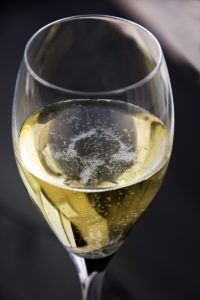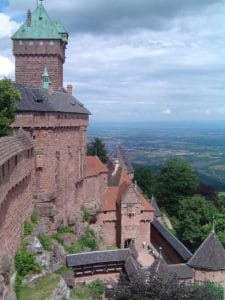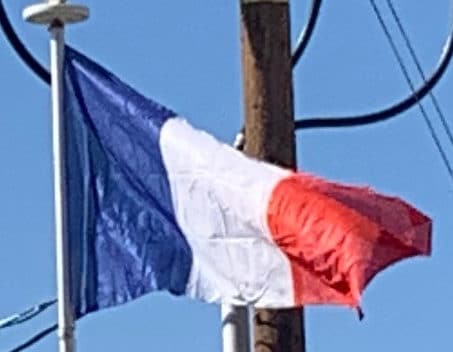France has historically been a large producer of agricultural products. Extensive tracts of fertile land, the application of modern technology, and EU subsidies have combined to make France the leading agricultural producer and exporter in Europe (representing 20% of the EU’s agricultural production) and the world’s third biggest exporter of agricultural products.
Wheat, poultry, dairy, beef, and pork, as well as internationally recognized processed foods are the primary French agricultural exports. Rosé wines are primarily consumed within the country, but Champagne and Bordeaux wines are major exports, being known worldwide.

EU agriculture subsidies to France have decreased in recent years but still amounted to $8 billion in 2007. That same year, France sold 33.4 billion euros of transformed agricultural products. France produces rum via sugar cane-based distilleries almost all of which are located in overseas territories such as Martinique, Guadeloupe and La Réunion. Agriculture is an important sector of France’s economy: 3.8% of the active population is employed in agriculture, whereas the total agri-food industry made up 4.2% of French GDP in 2005.
With 83 million foreign tourists in 2012, France is ranked as the first tourist destination in the world, ahead of the United States (67 million) and China (58 million). This 83 million figure excludes people staying less than 24 hours, such as North Europeans crossing France on their way to Spain or Italy. It is third in income from tourism due to shorter duration of visits. The most popular tourist sites include (annual visitors): Eiffel Tower (6.2 million), Château de Versailles (2.8 million), Muséum national d’Histoire naturelle (2 million), Pont du Gard (1.5 million), Arc de Triomphe (1.2 million), Mont Saint-Michel (1 million), Sainte-Chapelle (683,000), Château du Haut-Kœnigsbourg (549,000), Puy de Dôme (500,000), Musée Picasso (441,000), and Carcassonne (362,000).

France, especially Paris, has some of the world’s largest and most renowned museums, including the Louvre, which is the most visited art museum in the world (5.7 million), the Musée d’Orsay (2.1 million), mostly devoted to Impressionism, and Centre Georges Pompidou (1.2 million), dedicated to contemporary art. Disneyland Paris is Europe’s most popular theme park, with 15 million combined visitors to the resort’s Disneyland Park and Walt Disney Studios Park in 2009.
With more than 10 millions tourists a year, the French Riviera (French: Côte d’Azur), in Southeast France, is the second leading tourist destination in the country, after the Paris region. It benefits from 300 days of sunshine per year, 115 kilometres (71 mi) of coastline and beaches, 18 golf courses, 14 ski resorts and 3,000 restaurants. Each year the Côte d’Azur hosts 50% of the world’s superyacht fleet.
With 6 millions tourists a year, the castles of the Loire Valley (French: châteaux) and the Loire Valley itself are the third leading tourist destination in France; this World Heritage site is noteworthy for its architectural heritage, in its historic towns but in particular its castles, such as the Châteaux d’Amboise, de Chambord, d’Ussé, de Villandry, Chenonceau and Montsoreau. The Château de Chantilly, Versailles and Vaux-le-Vicomte, all three located near Paris, are also visitor attractions.
